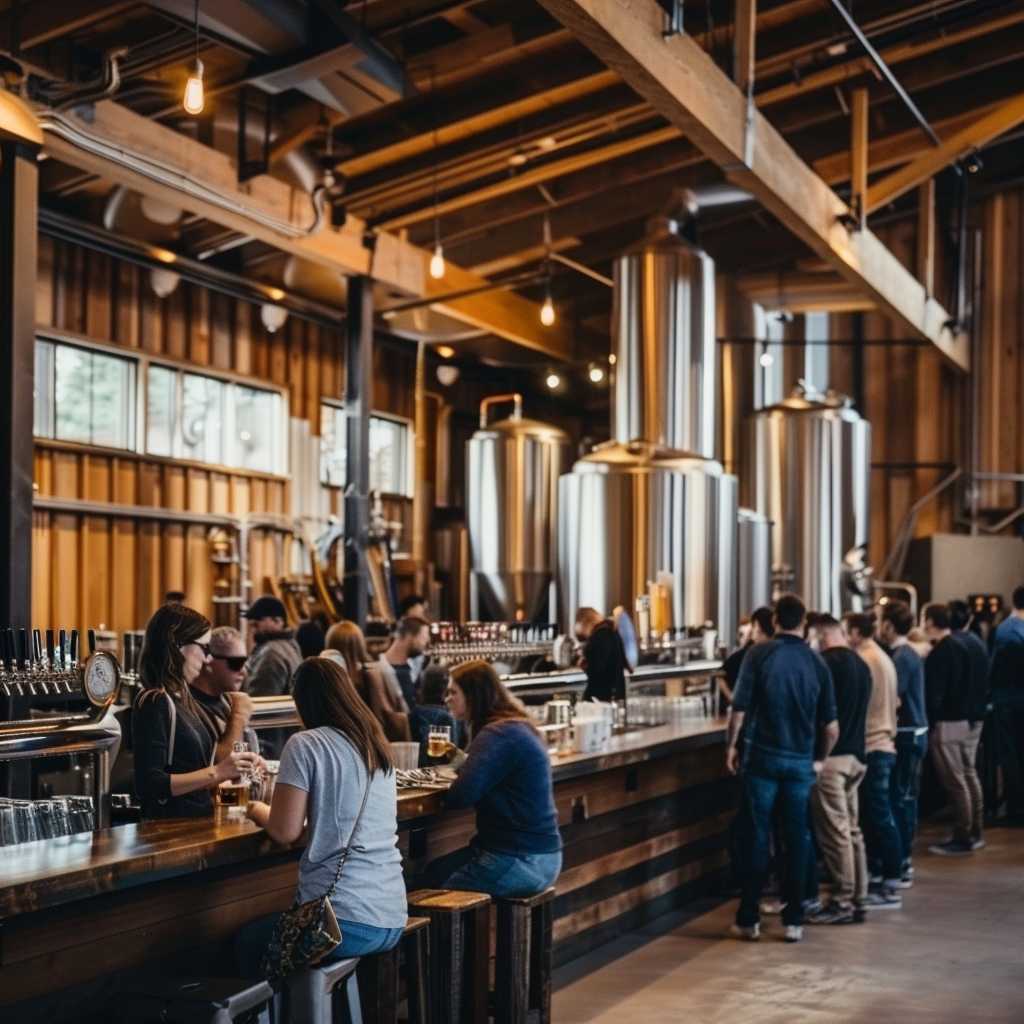The Brewhouse of Innovation: An Examination of the Craft Brewing Revolution
The craft beer movement has become a global phenomenon, characterized by an emphasis on flavor, quality, and traditional brewing methods. This article delves into the resurgence of craft breweries, their impact on local and global markets, and the unique aspects that make craft beer a staple in contemporary culture.
The Rise of Craft Beer
Craft breweries, often described as small, independent, and traditional, have been widening the beer market and competing boldly against long-established beer giants since the late 20th century. The proliferation of such breweries has been driven by consumer demand for more variety and higher-quality products, as well as a desire to connect with local businesses. This surge can also be attributed to legislative changes in many parts of the world that have facilitated smaller-scale beer production.
Artisanal Brewing Techniques
Craft brewers pride themselves on creating unique flavors using artisanal approaches. They often draw on historical methods of brewing, experimenting with different grains, hops, yeast strains, and water sources. This hands-on approach allows for greater finesse and variability in taste, creating nuanced beverages suited for a multitude of palates.
Sustainable Practices and Community Engagement
Sustainability and social responsibility are twin principles that run deep within the craft brewing community. Numerous breweries have taken initiatives towards environmentally friendly practices such as recycling wet grain for livestock feed, investing in renewable energy resources, and adopting packaging that reduces environmental impact. Craft breweries often position themselves as community hubs, emphasizing their local roots through support for regional events and collaborations with nearby businesses.
Craft Beer and Economic Impact
Despite their smaller size relative to multinational breweries, craft breweries hold a significant economic footprint because they provide numerous jobs, stimulate tourism, and contribute tax revenue. Additionally, their presence often prompts a ripple effect that benefits restaurants, hotels, and other local establishments.
A Global Movement with Local Flavors
The spread of craft beer culture has traversed continents with American-style IPAs but also revitalized traditional European ales or introduced unexpected ingredients from Asia or South America. Craft brewers globally follow a shared ethos while expressing distinct regional characteristics in their brews.
Notes
Image description: A bustling craft brewery with patrons sampling various beers at a wood-lined bar; behind the scenes, stainless steel brewing vats and fermentation tanks showcase the heart of this artisanal operation.

